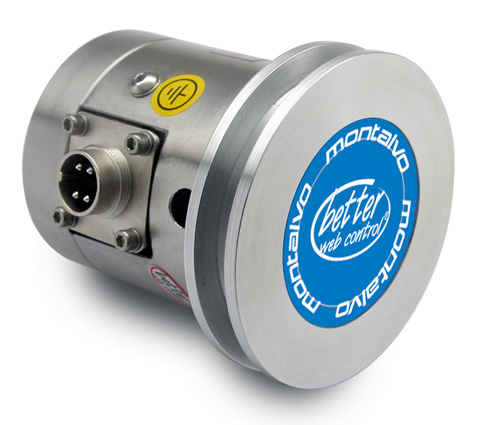*R Series Load Cells have been replaced by the X Series Load Cells

U.S.: 1-800-226-8710
Germany: +49 (0)511-760 691 41

*R Series Load Cells have been replaced by the X Series Load Cells
Check out our in-depth article comparing semiconductor strain gauges to foil gauges for a detailed explanation of the benefits a semiconductor gauge provides.
While 20 to 30 degrees is recommended, less is definitely possible, depending on the application.
You must use intrinsically safe barrier blocks.
No.
Yes
No
+/- 2.5 VDC or 5 VDC
1% of the load rating.
110% of the load rating
Yes. We can custom design a pulley to meet your precise specifications.
Because R Series Load Cells are customized to your specification installation instructions will be discussed at the time of order.
All calibration is done in the Controller/Amplifier
Measure resistance between pins 1 and 2 and 1 and 3. These readings should be between 80 and 120 ohms and within 10 ohms of each other.
Reverse the Excitation Signal wires.
Reverse the Excitation Signal wires.
Apply a force in the load direction and monitor mV reading on the signal wire.
We advise that you Contact Us to go over the details of how to rewire your connector to 4 pin from 6 pin to ensure proper connections.